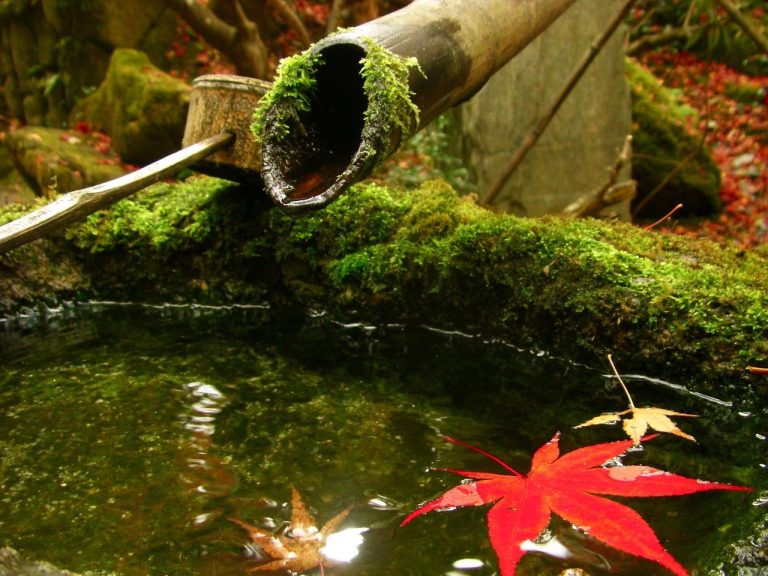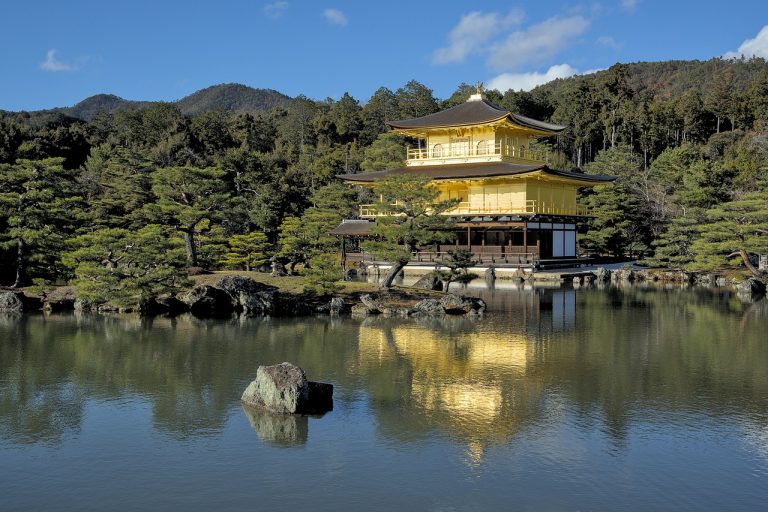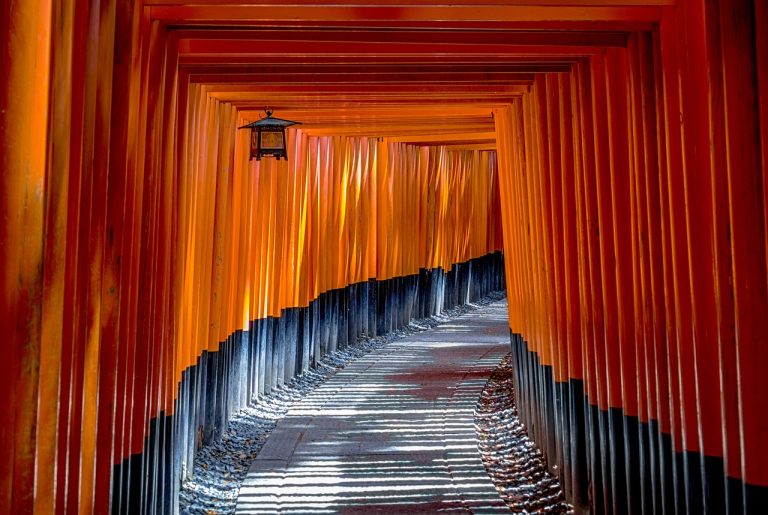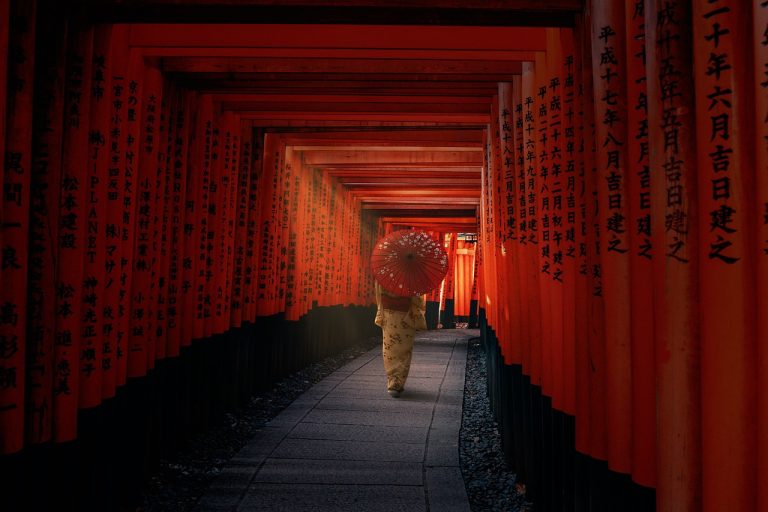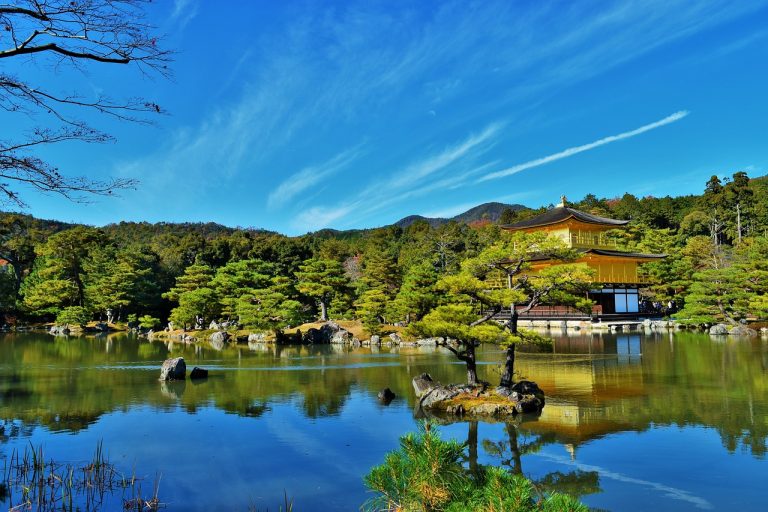Kyoto Japan Video
Architectural Wonders: Iconic Buildings in Kyoto Japan
Kyoto, Japan, is renowned for its rich cultural heritage and stunning architecture. This article explores some of the most iconic buildings in Kyoto, showcasing the unique blend of traditional Japanese design and modern architectural marvels.
Historic Kyoto Imperial Palace
- Kyoto Imperial Palace: The Kyoto Imperial Palace served as the residence of the Imperial family until the capital was moved to Tokyo. It features exquisite gardens, traditional architectural elements, and reflects the grandeur of the Imperial era.
- Shishinden Hall: This important building within the palace complex is where imperial enthronement ceremonies took place. Its architecture showcases the elegance and precision of traditional Japanese design.
- Oikeniwa Garden: Surrounding the palace, this garden is a tranquil oasis with meticulously manicured landscapes, reflecting ponds, and beautiful cherry blossom trees, making it a popular spot for visitors.
Keywords: Kyoto Imperial Palace, Shishinden Hall, Oikeniwa Garden
Image 1:

Kinkaku-ji: The Golden Pavilion
- Kinkaku-ji: Also known as the Golden Pavilion, this Zen Buddhist temple is a UNESCO World Heritage site. Its top two floors are covered in gold leaf, creating a breathtaking sight reflected in the surrounding pond.
- Sekkatei Tea House: Located within the temple grounds, this tea house offers visitors a chance to experience a traditional Japanese tea ceremony while enjoying the serene views of the Golden Pavilion.
- Kyoko-chi Pond: The pond surrounding the temple reflects the stunning architecture and creates a picturesque setting, especially during the cherry blossom season.
Keywords: Kinkaku-ji, Golden Pavilion, Sekkatei Tea House, Kyoko-chi Pond
Ginkaku-ji: The Silver Pavilion
- Ginkaku-ji: Known as the Silver Pavilion, this Zen temple is famous for its minimalist design and beautiful gardens. Despite its name, the building is not actually covered in silver, but still captivates visitors with its elegance.
- Togudo Hall: This hall is the main structure of Ginkaku-ji and represents the pinnacle of Higashiyama culture. Its design showcases the refined aesthetics of the Muromachi period.
- Sand Garden: The carefully raked white sand garden, known as the “Sea of Silver Sand,” is a tranquil space where visitors can contemplate the beauty of simplicity and nature.
Keywords: Ginkaku-ji, Silver Pavilion, Togudo Hall, Sand Garden
Image 2:
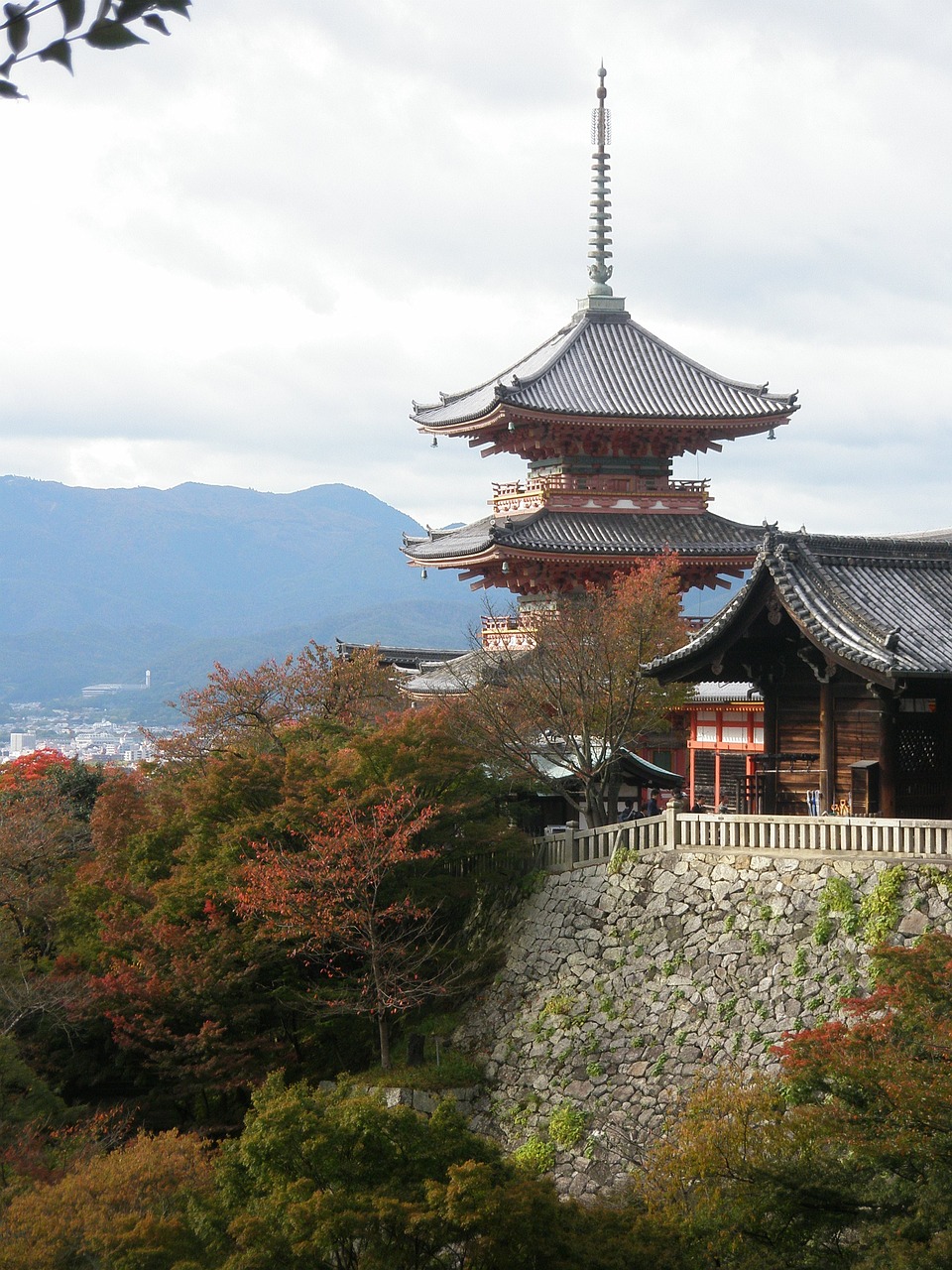
Byodo-in Temple: A Phoenix Hall
- Byodo-in Temple: The Byodo-in Temple is a UNESCO World Heritage site and one of Japan’s most iconic buildings. Its Phoenix Hall is an architectural masterpiece that represents Pure Land Buddhist paradise.
- Amida Hall: The main hall of the temple complex houses an exquisite statue of Amida Buddha, surrounded by beautiful wall paintings and intricate wood carvings.
- Ho-o-do Hall: This hall is the epitome of Heian period architecture, with its graceful roof adorned with phoenix statues. It is a symbol of the temple’s spiritual significance.
Keywords: Byodo-in Temple, Phoenix Hall, Amida Hall, Ho-o-do Hall
Kiyomizu-dera: The Pure Water Temple
- Kiyomizu-dera: The Kiyomizu-dera Temple is a UNESCO World Heritage site and offers stunning panoramic views of Kyoto. Its main hall, built without the use of any nails, is a testament to ancient construction techniques.
- Otawa Waterfall: Visitors can drink from the three streams of the Otawa Waterfall within the temple grounds, which are believed to grant health, longevity, and success in studies.
- Tainai-meguri: This underground tunnel allows visitors to experience a purifying ritual by walking in complete darkness to find enlightenment at the end.
Keywords: Kiyomizu-dera, Pure Water Temple, Otawa Waterfall, Tainai-meguri
Image 3:

Nijo Castle: A Feudal Fortress
- Nijo Castle: Built in the 17th century, Nijo Castle is a UNESCO World Heritage site and a prime example of feudal Japanese architecture. It features stunning gardens, imposing gates, and intricate wall paintings.
- Ninomaru Palace: The main building of Nijo Castle, Ninomaru Palace, showcases the opulent lifestyle of the shogun. Its “nightingale floors” squeak to alert against potential intruders.
- Kara-mon Gate: The entrance gate to the castle is adorned with beautiful carvings and serves as a grand welcome to visitors.
Keywords: Nijo Castle, Ninomaru Palace, Kara-mon Gate
Conclusion
Kyoto, Japan, is a treasure trove of architectural wonders, showcasing the country’s rich cultural heritage and artistic achievements. From the historic Kyoto Imperial Palace to the serene Kinkaku-ji and Ginkaku-ji temples, each building tells a story and offers visitors a glimpse into Japan’s past. Byodo-in Temple and Kiyomizu-dera provide spiritual experiences, while Nijo Castle offers a glimpse into feudal Japan. These iconic buildings are a testament to the enduring beauty and craftsmanship of Japanese architecture.
References
- kyoto.travel
- japan-guide.com
- uncoverjapantravel.com


